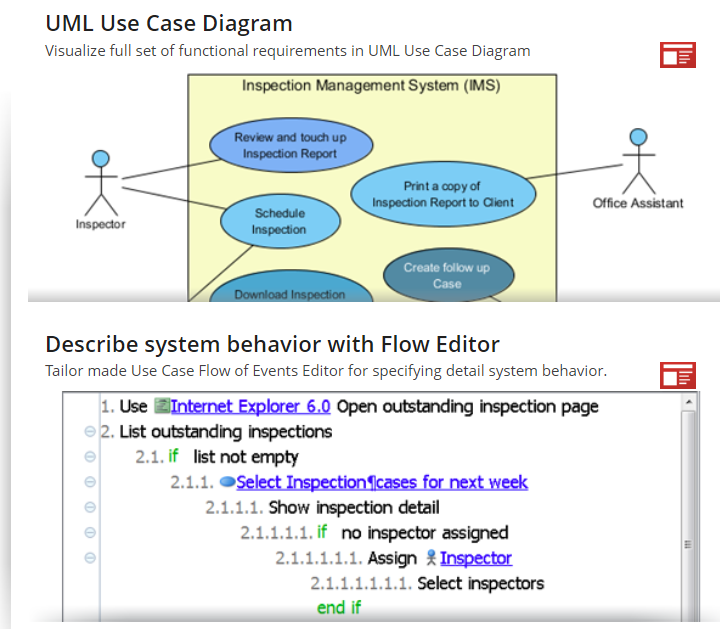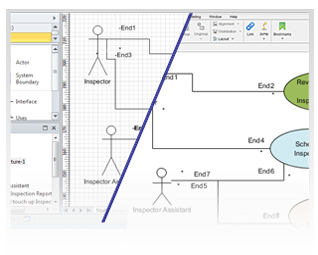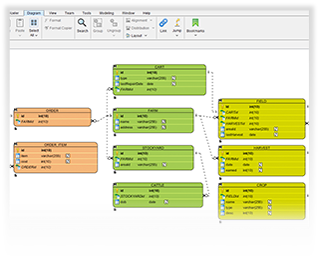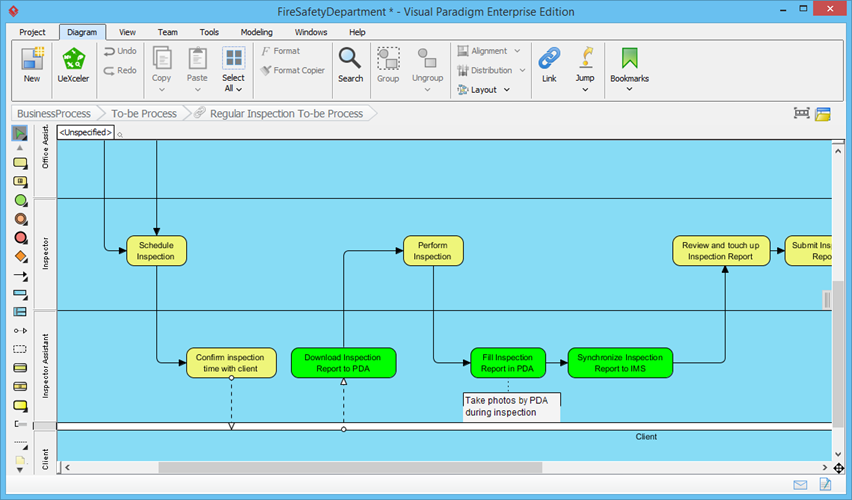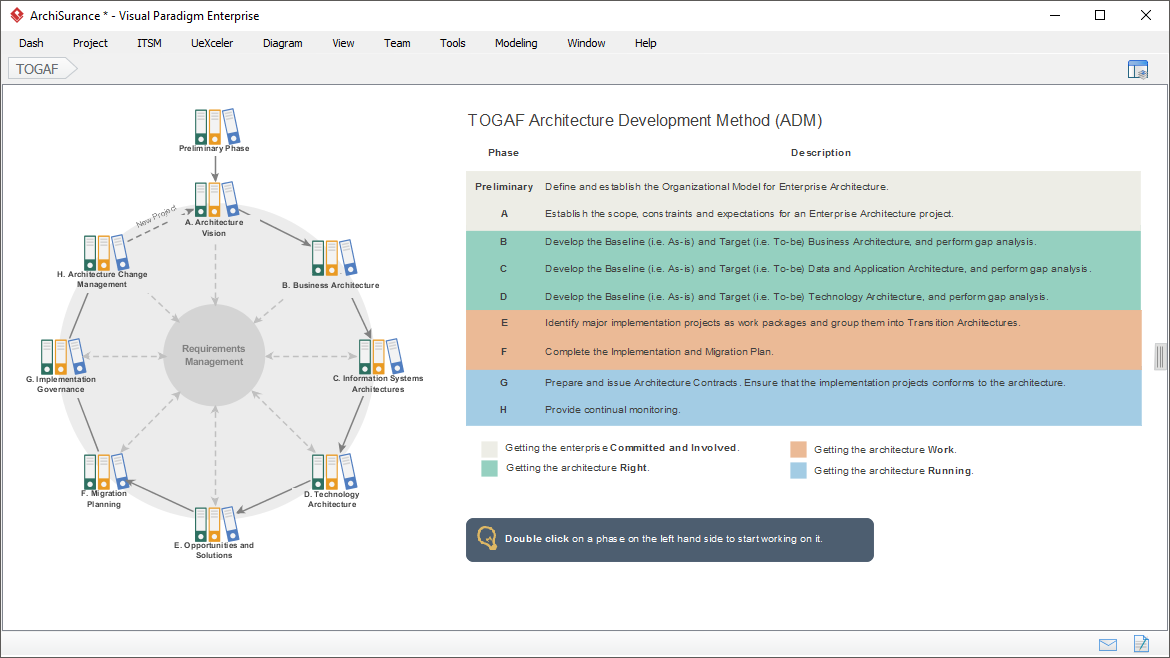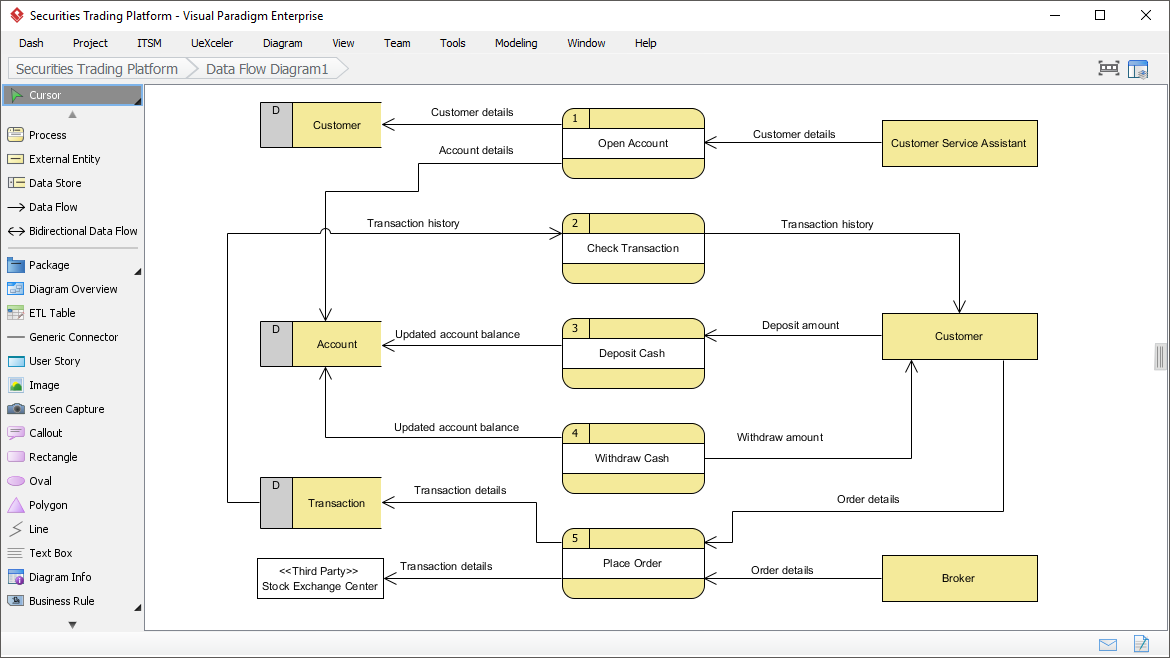How to Write Effective Acceptance Criteria for User Stories: Examples Included
User stories are a fundamental component of Agile development, serving as concise descriptions of functionality from an end user's perspective. To ensure that these user stories are well-understood and can be properly tested, it's crucial to draft clear and comprehensive acceptance criteria. In this article, we'll delve into the art of writing acceptance criteria for user stories, providing practical examples along the way. What Are Acceptance Criteria? Acceptance criteria are specific conditions that a user story must meet to be considered complete. They serve as a guideline for both developers and testers, ensuring…continue reading →


